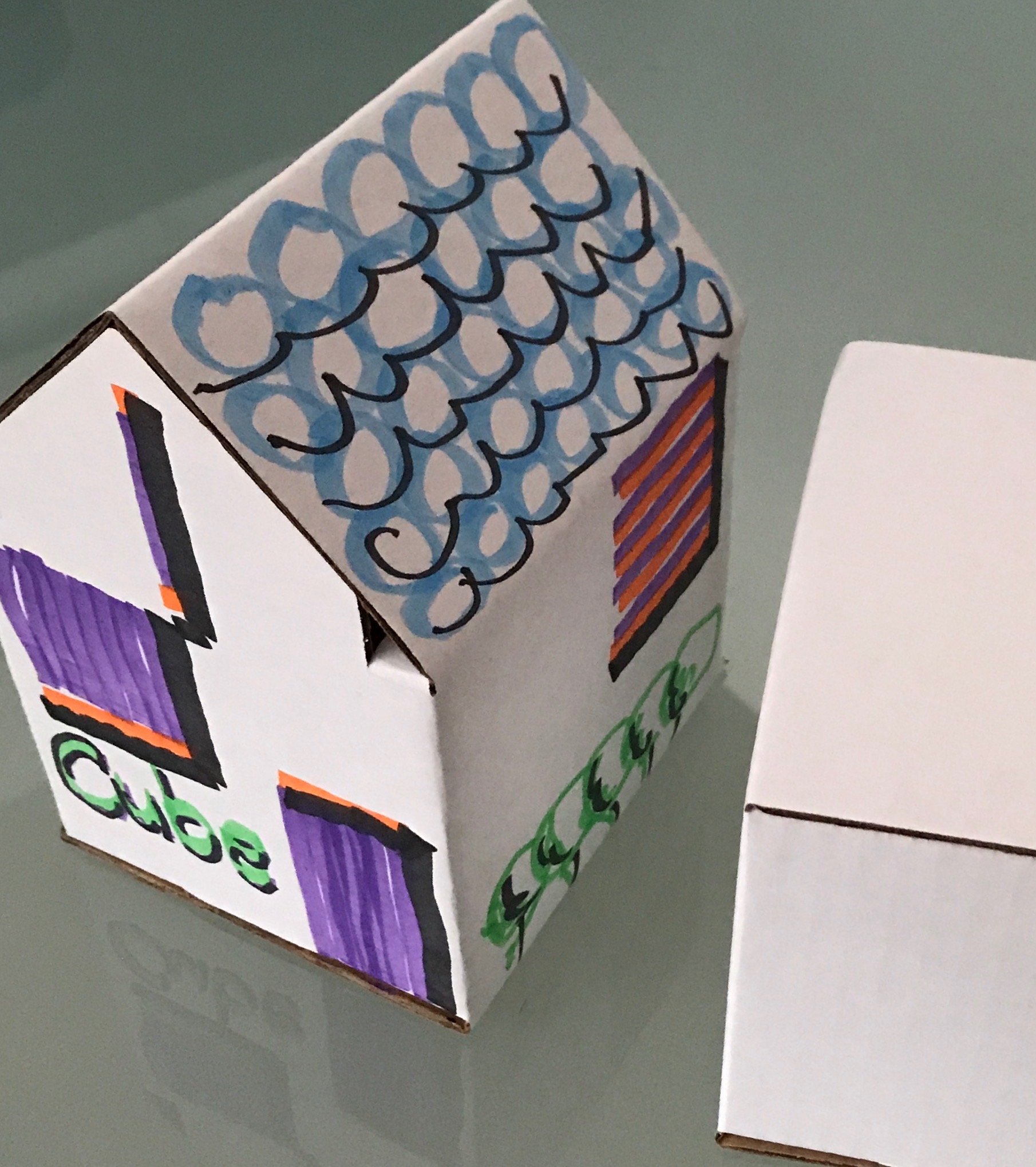How to resource Boxes and a little guidance / updated 11 July 2024
One cannot imagine how creative people can be with just a simple box to decorate. Especially young students. Boxes can be used to create neighborhoods, monuments, memories. It is really quite a fun exercise in itself, but to also see how these 'buildings' relate to each other in an imaginary city, is also revealing. Students have pretty specific ideas about what and how they are doing with their projects.
With just some gentle guidance from the Box City curriculum, the richness of Cube's program can be extended into many other areas of planning, design, architecture, engineering and policy making.
Boxes for projects can be sourced in many ways. Just a few ideas include recycling containers from the kitchen, such as cereal, rice & crackers. Shipping and clothing boxes are good as well, but the scale needs to be considered in relation to the 'city' one is assembling. Cardboard tubing is especially popular. Other paperboard containers work well. A good resource for boxes includes local groceries and big box stores where empty boxes are offered for an ‘environmentally sensitive’ price of free.
Another popular option is custom corrugated cardboard boxes that, when folded, are in the shape of a gabled roof building or a cube. They are white on the outside for easy decorating, with paints, markers, glue &. One resource for these is from a box manufacturer who has an inventory of boxes available. They can be contacted via email at keith.dhcontainer@gmail.com Their Box City Kit is 40 Boxes made up of eight 6" cubes, ten 5" cubes, ten 4" gabled roof shape boxes and twelve 4" cubes. Their Festival Pack is 1000 Boxes made up of 500 4" cubes, 400 4” gabled roof shaped boxes, fifty 5" cubes and fifty 6" cubes. NOTE that CUBE does not sell or market boxes.











